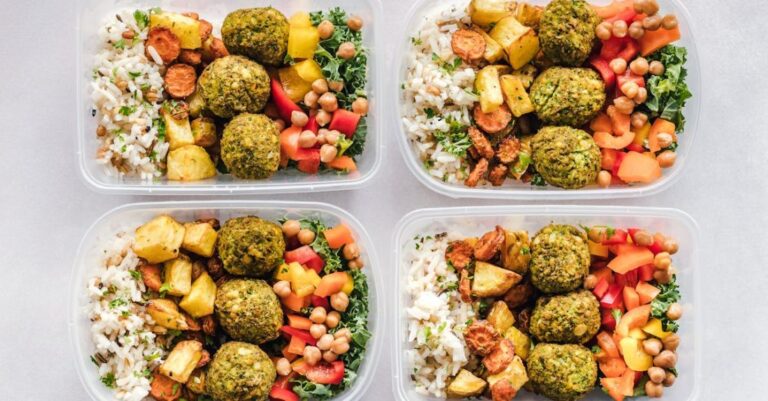
Camp Cooking Made Easy: How to Master the Dutch Oven
When it comes to outdoor cooking, the Dutch oven is a versatile and reliable tool that can make your camping experience even more enjoyable. With its ability to cook a wide array of dishes from stews and soups to desserts and bread, mastering the art of using a Dutch oven can elevate your camp cooking game to the next level. In this guide, we will explore the ins and outs of using a Dutch oven for camp cooking, from seasoning to cleaning and everything in between.
Choosing the Right Dutch Oven
Before you embark on your camp cooking adventure, it’s essential to choose the right Dutch oven for your needs. Dutch ovens come in various sizes and materials, such as cast iron and aluminum. Cast iron Dutch ovens are popular due to their excellent heat retention and durability, making them ideal for camp cooking. When selecting a Dutch oven, opt for one with sturdy legs and a tight-fitting lid to ensure even cooking and heat retention.
Seasoning Your Dutch Oven
Properly seasoning your Dutch oven is crucial to prevent food from sticking and to enhance its natural non-stick properties. To season your Dutch oven, start by washing it with warm, soapy water and drying it thoroughly. Next, apply a thin layer of vegetable oil or shortening to the interior and exterior of the Dutch oven. Place it upside down in a preheated oven at 350°F for about an hour to allow the oil to polymerize and create a protective layer. Repeat this process a few times to build up a durable seasoning that will improve with each use.
Mastering Temperature Control
One of the key skills in camp cooking with a Dutch oven is mastering temperature control. To achieve the desired cooking temperature, use a combination of charcoal briquettes and the rule of thirds. For example, to reach 350°F, place three briquettes under the Dutch oven and six on top. Adjust the number of briquettes based on the desired temperature and the size of your Dutch oven. Remember to rotate the Dutch oven and the lid every 15 minutes to ensure even cooking and prevent hot spots.
Cooking Techniques
The Dutch oven offers several cooking techniques that you can use to prepare a wide range of dishes while camping. From sautéing and braising to baking and roasting, the Dutch oven can handle it all. When sautéing, heat the Dutch oven over a bed of hot coals and add oil or butter before adding your ingredients. For braising, sear the meat first, then add liquid and simmer over low heat. When baking, place the Dutch oven over a ring of coals and add briquettes on top of the lid to create an oven-like environment.
Cleaning and Maintenance
Proper cleaning and maintenance of your Dutch oven are essential to ensure its longevity and performance. Avoid using soap when cleaning your Dutch oven, as it can strip away the seasoning. Instead, use hot water and a stiff brush to remove any food residue. If stubborn stains persist, boil water in the Dutch oven to loosen them. Once clean, dry the Dutch oven thoroughly and apply a thin layer of oil to prevent rusting. Store your Dutch oven in a cool, dry place with the lid slightly ajar to allow for air circulation.
Elevating Your Camp Cooking Experience
Mastering the art of using a Dutch oven for camp cooking can elevate your outdoor culinary adventures to new heights. By choosing the right Dutch oven, seasoning it properly, mastering temperature control, experimenting with different cooking techniques, and maintaining it well, you can create delicious meals that will impress your fellow campers. So, grab your Dutch oven, head into the great outdoors, and get ready to cook up a storm!





